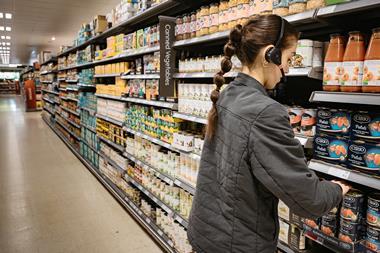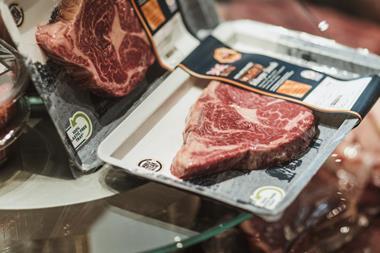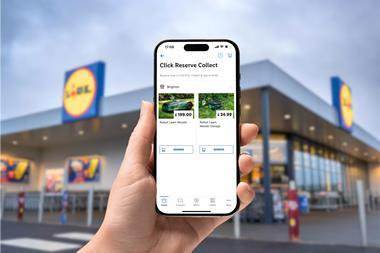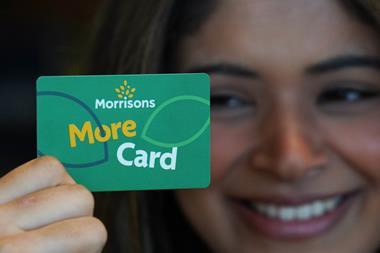
We all know the headlines from 2022: whilst employment rates are at a record high and we’re not predicted to enter another recession, inflation also hit a record high and consumer confidence hit a record low. So how have brands and retailers traversed the challenging economic landscape so far? There are three key strategies currently at play:
1. Supercharging value strategies
Many are offering initiatives like price freezes or price matching, introducing or extending value ranges or loyalty schemes, and even offering free children’s meals as a way to entice shoppers into their store.
2. Giving back to those in need
Whilst this was probably a theme in the last recession, it is likely to have become a bigger focus as covid placed a heightened importance on CSR in the minds of consumers.
3. Providing inspiration
Many are looking to inspire their customers on how to manage the cost of living crisis beyond promotions. Sainsbury’s ‘feed your family for a fiver’ helped it win in the 2008 recession, but this year it launched a pop-up walk-in freezer, which aimed to educate customers on how to freeze their food to reduce food waste and ultimately save money.
So looking forward, how will consumers and shoppers be thinking, feeling and behaving as we enter 2023? Whilst this is highly dependent on things such as age, gender, and income, below are four overarching insights that came out of our research when speaking to 100-plus real shoppers across all demographics.
1. They will continue to adopt more extreme cost-saving behaviours
Even in relatively low-cost categories like groceries, shoppers will go to great lengths to save every penny they can by shopping around to find the best price. ‘Food and drink prices’ was the second-top concern for 2023 among consumers we surveyed (just behind energy prices). Forty-three per cent expect to cut back spending on food & drink groceries in the next six months, with 24% doing so ‘significantly’. Thirty-two per cent expect to buy more groceries on promotion, 34% will trade down to products that cost less, whilst 21% will stop buying certain products altogether.
Recommendation: make promotions work harder by being smarter
Firstly, don’t always jump to the deepest discount. Our PlanApps data shows mid-sized offers (from 10% to 20%) are the most effective. It also shows calling out price on your media provides better results, whilst layering on additional competition message performs even better – with item prizes delivering three times higher ROI than experiences or money.
2. Many will be looking for value beyond low prices
Whilst cost-saving things like ‘product is on sale’ and ‘free delivery/returns’ came out as most important when making purchases over the next six months, value-added aspects such as like ‘product is long-lasting’, ‘product is from a brand I already know and like’, ‘product is high quality/premium’ and ‘product has positive reviews’ came out next. Things like ‘brand is socially responsible’, ‘product is environmentally-friendly’ and ‘I agree with the brand’s political stance’ came out towards the bottom, showing a strong self-preservation mentality.
Recommendation: when off promotion, consider other ways to communicate value
We all know customer perceived value equals perceived benefits minus perceived costs. As costs rise, therefore, you need to make your perceived benefits (specifically ‘what’s in it for me’ benefits) even clearer to maintain the same value in the customer’s mind. For example, in the 2008 recession M&S found people were dining out less but still wanted special occasion meals. It knew it couldn’t compete on price vs the likes of Tesco, but it could compete on quality. Its ‘dine in for £10’ promotion was an integral part of the company’s strong food performance.
3. They will spend more time in the ‘consideration’ phase
The shopping journey will become stretched, with shoppers being much more planned and less spontaneous across all categories. When it comes to groceries, 28% will try harder to stick to a strict budget over the next six months, 37% will shop with a shopping list more often, and 16% will spend more time researching the right product before purchasing.
Recommendation: start engaging consumers earlier to ensure your retailer/brand is the option of choice
At-home channels will be key here, with 40% saying they will spend more time at home and 46% will visit the shops less frequently. For example, they’ll also be spending more time using social media (22%) and watching streaming services (23%).
4. They will rely on brands & retailers to navigate the crisis
Twenty-four per cent of consumers we surveyed said ads in store will be most likely to influence their purchases over the next six months. It has therefore never been more important to keep the customer at the heart of every decision and continue a dialogue with them, with the point of consideration and buying (including physical and virtual stores) playing a crucial role in this.
Recommendation: investing in retail media can help make every £1 work harder and go further
Nearly a third of marketers expect 2023 marketing budgets to be lower than last year’s, so it’s important to make spend count. In a fragmented media landscape where the shopper journey is more complicated than ever, the only consistent touchpoint is the point of purchase (wherever that might be today). Secondly, in a cookieless world, first party retailer data will become an even more important part of brands’ ability to target their media across more channels than ever in the ‘funnel’. Lastly, it is robustly measurable and can provide closed-loop reporting.



















No comments yet